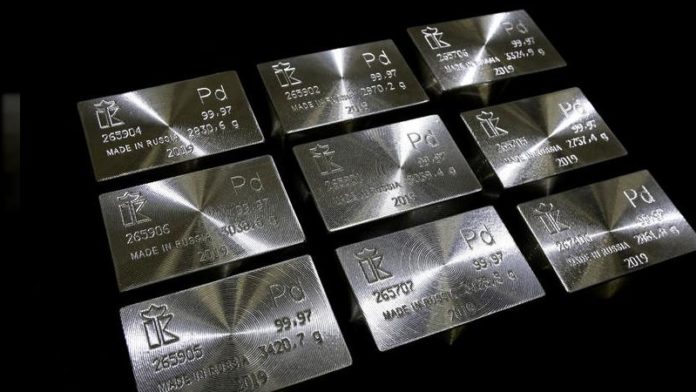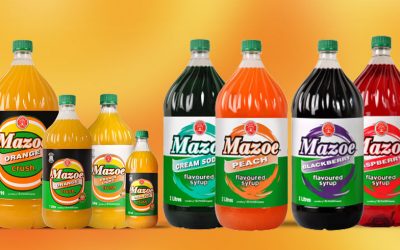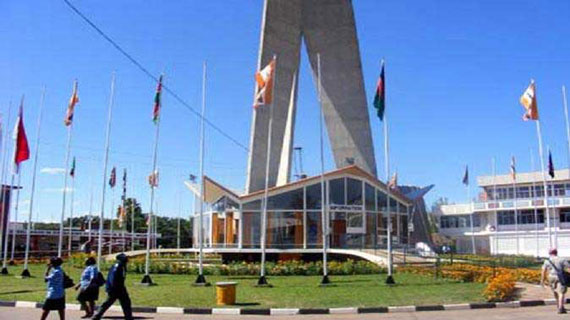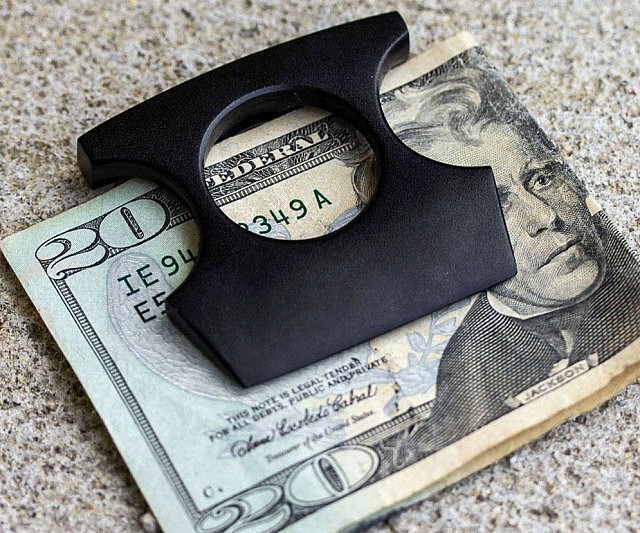Exchange rate: No respite for formal retailers
Despite a recommendation to remove 10 percent limit of the exchange rate used by formal retailers, prices of their goods and services have largely remained uncompetitive due to a wide gap between the official and parallel market exchange rates.
This is because the scrapping of 10 percent limit on the exchange rate used by formal retailers, as recommended by the Monetary Policy Committee (MPC) can only be effective upon the promulgation of necessary legal instruments to formalise it.
The MPC has also recommended the removal of the IMTT on bank card transactions. Once the scrapping of the limit is legally effected, formal retailers will be able to set more competitive prices, Morgan & Co., a local diversified financial services group said.
Pick n Pay and OK Zimbabwe are major formal retailers, commanding nearly 40 percent of the market.
For the past 15 months, the official rate has been significantly lower than the parallel market, creating between 30 and 50 percent disparity. This has made it difficult for formal retailers to compete with informal traders who are able to offer lower prices due to their access to the parallel market exchange rate, the firm said.
“Formal retailers are currently required to use the official rate for US dollar customers which offers less value per dollar compared to informal retailers,” said Morgan & Co.
“Although authorities tweaked this and allowed formal players to add a 10 percent premium to the official rate, formal retailers’ prices remained uncompetitive.
“We note that authorities have since scrapped the requirement, but it remains in effect until a legal directive is issued and we identify this a key value trigger for the business.”
Government pronouncements need to be regularised through statutory instruments to give them legal effect. Morgan & Co. also noted the trend of manufacturers favouring near-cash informal retailers paying in foreign currency upfront has further eroded formal retailers’ bargaining power as mass market retailers.
This shift is driven by the preference of manufacturers to operate in hard currency.
Informal market threat
The formal retail market was severely impacted by Covid-19 between 2019 and 2020, with reduced operating hours implemented to curb the spread of the virus.
While the sector has shown signs of recovery, its progress has been hindered by the influx of new entrants who capitalised on the market void created during the pandemic.
Morgan & Co estimate that Zimbabwe’s formal FCMG market is US$1,8 billion and gross domestic price per capita growth plays an influential role in the growth of the industry.
“We identify the informal market as a threat to the formal sector because it is price competitive. The sector is untaxed and avoid Intermediary Transfer Tax (IMMT) that has weighed in formal retailers’ already thin margins. Further, the informal sector offers better value for customers with US dollars compared to the formal retailers because they use parallel market rates unlike formal retailers who cannot offer more than 10 percent from the official rate,” according to Morgan & Co.
The bargaining power of formal retailers, which stems from their ability to provide a mass market platform, has been under increasing pressure due to declining US dollar sales, stricter supplier terms and the expansion of the informal market.
The volatile local currency has incentivised suppliers to demand upfront cash payments, preferably in foreign currency, exacerbating pricing inefficiencies among formal retailers and further restricting US dollar sales.
Consequently, FMCG manufacturers and suppliers have shifted their focus towards the near-cash informal sector, diminishing the bargaining power of formal retailers, said Morgan & Co.
However, the efforts by policymakers to narrow the gap between the official and parallel market rates to between 30 and 50 percent have made some customers less discerning between formal and informal retail outlets, albeit to a limited extent.
Furthermore, preferences are shifting towards wholesalers due to attractive bulk pricing options. This trend has triggered a surge in wholesale markets, particularly among the country’s two largest wholesalers — Metro Peech & Browne and N.
Richards. Metro Peech & Browne expanded by establishing 16 new stores in the past 12 years, while N. Richards’ network of stores has grown to 39 since its inception 30 years ago.
OK is the largest formal FMCG retailer in the country, boasting 72 stores, followed by TM Pick n Pay with 63s. TM Pick and Pay holds the same market share as OK despite having fewer stores. OK’s growth has primarily been driven by acquisitions after adding three Food Lover’s Market stores to its portfolio last year.
TM Pick n Pay’s growth has been organic, fueled by its strategic positioning as the anchor tenant for major retail developments across Zimbabwe, including Highland Park, Madokero Mall, Marondera Main, Sawanga Mall, Riverside Mall, and Braeside Mall.
Meikles is poised to maintain its growth trajectory, having recently unlocked US$14,5 million in capital following the sale of its Cape Grace investment.-businesswek












